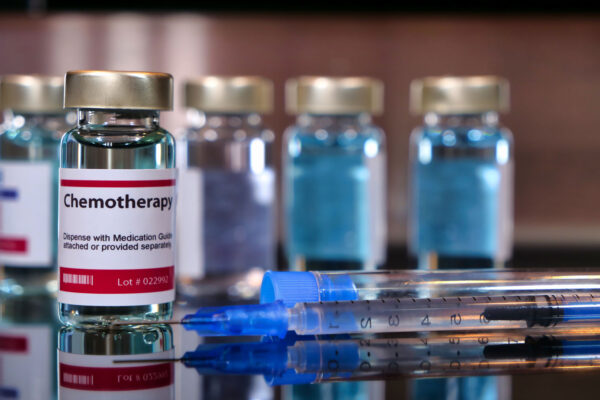
[Longmont, CO. February 6, 2024] —A Stony Brook University team of researchers led by Gábor Balázsi, PhD, has identified DNA amplification as a major cause of drug resistance in engineered mammalian cell lines and has identified a novel approach to overcome it in those cells as well as in two human cancer cell lines. Use of KromaTiD’s dGH in-Site assay, a high-resolution, cytogenetic technique, played an important role in the work, published recently in PNAS.
The Stony Brook team used genetically engineered Chinese Hamster Ovary (CHO) cell lines to create a model system that evolved resistance to the drug Puromycin and then studied the mechanisms by which resistance was conferred. Use of dGH in-Site enabled the team to visually confirm DNA amplification as the chemoresistance mechanism as well as enumerate both genomic and extrachromosomal DNA (ecDNA) copies. The team then treated the cell lines with a DNA-based therapy, called triplex-forming oligonucleotides (TFO), in combination with Puromycin, hypothesizing that targeting the DNA amplification might reduce the chemoresistance.
The treatment worked. Explains Balázsi, “The extra DNA we introduce as a treatment binds to complementary cellular DNA, forming multiple triplexes instead of the healthy DNA duplexes. This process causes many DNA breaks, killing the resistant cells. By using this ‘new drug,’ that causes DNA breaks, the more amplification, the more breaks, and the better killing of the resistant cells.”
The team then tested the approach on two human drug-resistant cancer cell lines and reproduced the CHO cell results. This work suggests a novel potential treatment to overcome cancer cell drug resistance, a leading cause of cancer treatment failures.
“The ability to visualize and enumerate both the chromosomal and extra-chromosomal DNA amplification of drug resistance genes using dGH in-Site is not only a very powerful research tool but has the potential to provide clinically relevant information about an individual’s cancer,” says KromaTiD VP of Research and Product Development and publication co-author Erin Cross. “One can envision using a highly sensitive single-cell cytogenetic assay such as dGH in-Site to find these amplifications of drug resistance genes, both across the genome and through ecDNA formation, helping clinicians to tailor the newly proposed nucleotide therapy for individual patients.”
Balázsi and Cross will present their findings during a live webinar on February 13, 12 pm ET. Registration is free: “Combining Synthetic and Evolutionary Biology Reveals DNA Therapy to Combat Cancer Chemoresistance”.
Gábor Balázsi is the Henry Laufer Professor in the Louis and Beatrice Laufer Center for Physical & Quantitative Biology, Professor of Biomedical Engineering, and a Research Affiliate for the Stony Brook Cancer Center.
About KromaTiD, Inc
KromaTiD supports research teams in academia, large pharmaceutical, and therapeutic companies with expert scientific support and unparalleled genomics tools and services. We are your partner for biomarker discovery, genomic integrity analysis of engineered cell products, clone screening, structural genomic assessment and plasmid manufacturing. KromaTiD.com
For KromaTiD Information Contact:
Stephanie Elena at 818-723-7962
SOURCE: KromaTiD, Inc.
